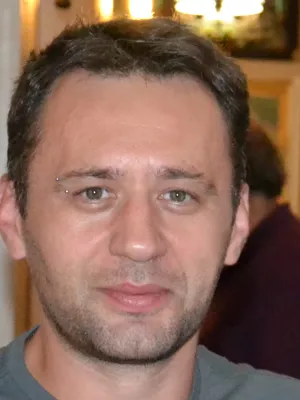
Zoran Peric
Research engineer

Loess and geotourism potential of the Braničevo District (NE Serbia) : From overexploitation to paleoclimate interpretation
Author
Summary, in English
The use of loess as a resource for paleoclimatic research is quite well established. In Serbia, a significant number of loess sequences have been preserved in old brickyards. The results of the previously conducted research indicate extremely valuable data that enable a better understanding of the mid- to late Pleistocene climatic evolution in this part of Europe, as well as human dispersal from Africa to Europe via the so-called Danubian migration corridor. The aim of this study is to evaluate the geotourism potentials of the loess profiles in Pożarevac (northeastern Serbia). The goal is to determine their geotourism potential for paleoclimate interpretation. The Modified Geoheritage Assessment Model method has identified exceptional geotourism potentials that can be implemented in the tourism market. Paleoclimatic data can serve as indicators for the development of scientific visitor centers for the promotion and popularization of paleoclimate science and museums, which will affirm sustainable socio-economic development through multidisciplinary interpretation. By combining geological, paleoclimatic, archaeological, biological, and other values that reveal natural and anthropogenic events from the distant past, it is possible to create a very competitive geotourism destination, whose sustainability can be passed on to future generations.
Department/s
- Quaternary Sciences
Publishing year
2023-01-01
Language
English
Publication/Series
Open Geosciences
Volume
15
Issue
1
Document type
Journal article
Publisher
De Gruyter
Topic
- Other Earth and Related Environmental Sciences
Keywords
- Braničevo District (Serbia)
- loess
- paleoclimatic interpretation
- sustainable geotourism
Status
Published
ISBN/ISSN/Other
- ISSN: 2391-5447

